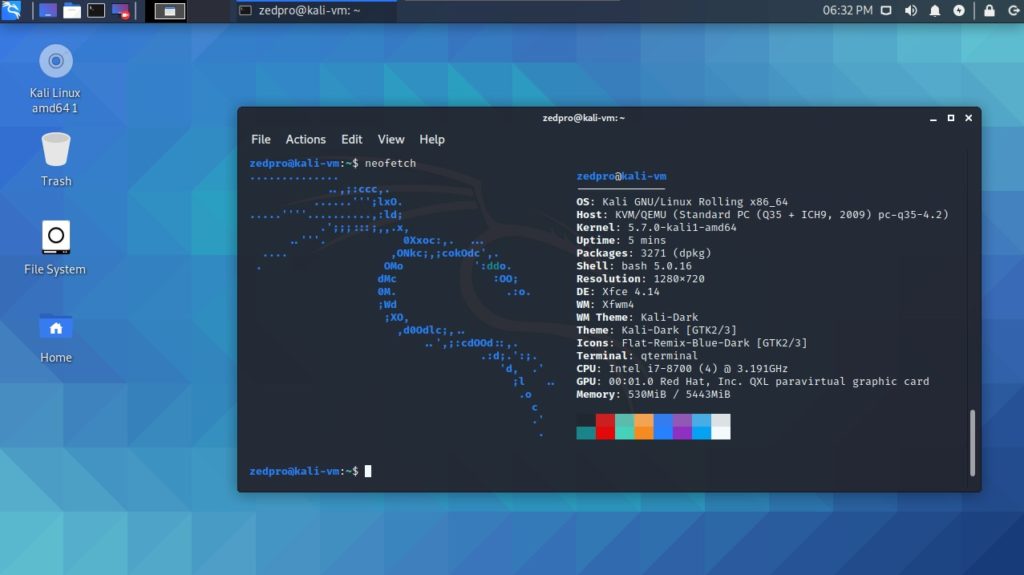

You’ll see the default VDI storage location and size on the next screen, leave them as they are, and select Create.Choose Dynamically allocated and select Next.Choose VDI (VirtualBox Disk Image) and select Next. Download Visual Studio Code to experience a redefined code. Next, you’ll need to choose the type of file you’d like to use for the virtual hard disk. Visual Studio Code is free and available on your favorite platform - Linux, macOS, and Windows.While installing, You will be asked if you want to. Choose the Create a virtual hard disk now option and click Create. If you are installing Mint or Ubuntu, just download it and burn the iso file image to a USB and boot from it. On the next screen, you’ll need to create a new hard disk for your virtual machine.You have two options to choose from you could either use Dynamically allocated storage which grows as you keep using the storage, or allocate a Fixed-size storage limit that offers faster performance. This portion will only be accessible to your virtual operating system, i.e., Ubuntu in this case.
-Step-33.jpg)
You’ll also need to allocate a portion of your hard disk to the virtual machine. For instance, if you have 16GB total RAM, allocate 4GB to the virtual machine. Here, you install Linux on a system that already has Windows.

Ideally, you should choose to allocate about a fourth of your PC’s RAM. Install Linux alongside Windows: This method is called dual booting Linux with Windows.


 0 kommentar(er)
0 kommentar(er)
